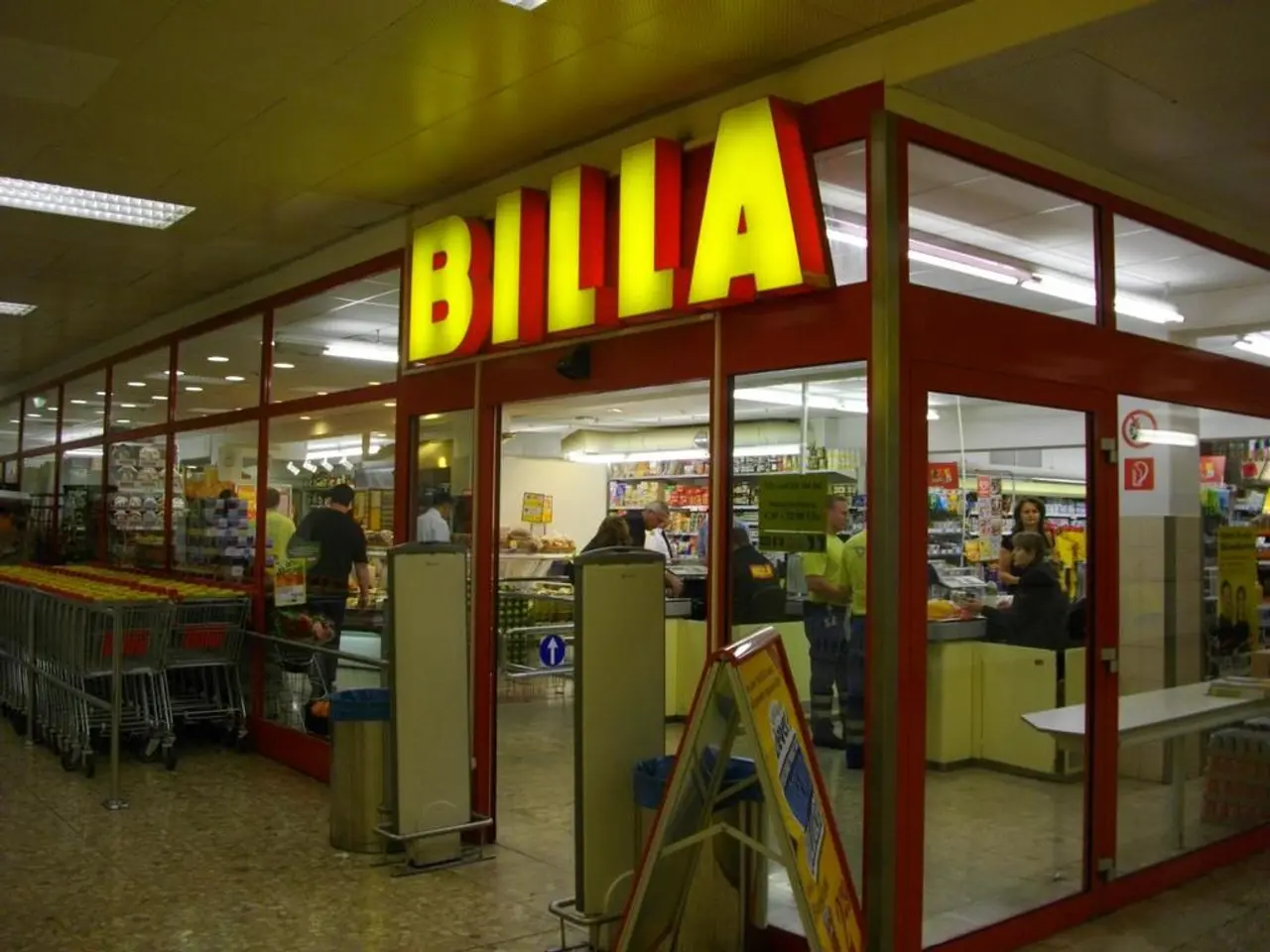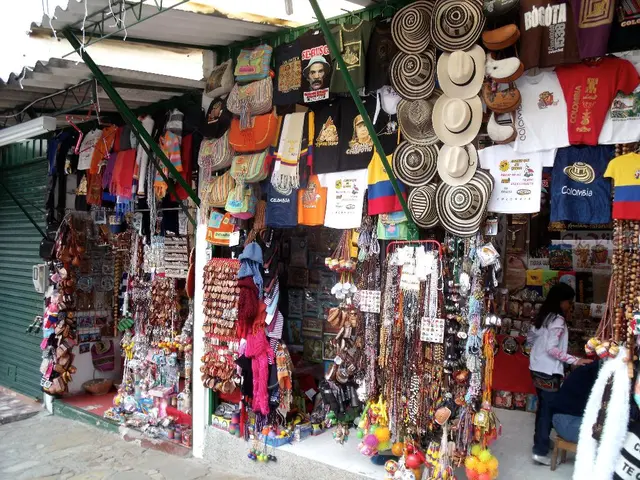Overcoming Logistics Hiccups in Retailer A: Strategies for Prompt Action!
As the global pandemic continues to impact various industries, retailers are facing a significant challenge in managing their supply chains, particularly with regards to shipping container backlogs off the coast of Los Angeles. As of October 19, 2021, over 200,000 shipping containers are waiting, representing a backlog of over 2 weeks worth of work. This issue is not isolated to Los Angeles, as ports worldwide, including those in the US, Europe, and Asia, are experiencing similar problems.
To combat these challenges, retailers are advised to take proactive measures. One such strategy is to route ships with goods to less congested ports and ensure these ports are operating 24-7. Additionally, establishing local, mini "Pop-Up" distribution centres and storage facilities close to either the ports or points of highest customer demand can minimize the movement of goods.
Another crucial step is for retailers to hire extra carriers and rent (or buy) containers wherever possible. Given the current shortage of 80,000 truck drivers, as reported by the American Trucking Association, retailers may also consider hiring truck drivers and trucks on contract to pick up and transport their goods.
Retailers should also plan to spend a lot more money on logistics in the short term. This includes chartering airplanes and air freighting goods to their destinations, as well as implementing drop shipping and avoiding sending goods to centralized distribution centres to reduce excessive handling.
To mitigate delays, retailers should create a SWAT team and a war room, with daily or hourly governance and oversight. This team should proactively manage all aspects of their logistics network and take control, rather than leaving it to carriers.
Embracing a Touchless, or "Don't Touch" paradigm in materials handling and storage can help eliminate unnecessary handling and storage activities. Retailers can also execute extreme immediate steps to rapidly distribute inventory by initiating flash sales, offering steep discounts to accelerate turnover, leveraging all available online and offline sales channels simultaneously, activating rapid fulfillment logistics with prioritized shipping, and partnering with third-party distributors or marketplaces to expand reach and quickly move stock into customer hands.
However, consumers may either go to other retailers who have the inventory or not buy at all if they face prolonged delays. Retailers are likely to face difficulties in getting all of the inventory needed to satisfy surging demand, especially during the Holiday season. Therefore, it is advisable for retailers to buy as much inventory as they can now, far in advance of demand, and beyond normal order and delivery lead times.
Retailers should extend their delivery lead time parameters, as well as their order lead time parameters, to accommodate these challenges. By taking these measures, retailers can navigate the current supply chain difficulties and ensure they meet customer demand during this challenging period.








